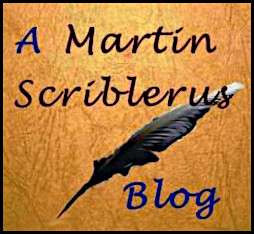A wooden garage door at the roadside was decorated with corroding brasses, souvenirs from visits to various places. A visit to Ireland had added a brass from Bushmills Distillery and a plaque bearing the fading words “céad míle fáilte.” The metal ornaments included three horseshoes, one of the nails holding the largest of the three had been lost and the shoe had fallen so that its heels pointed downward.
In younger days, a horseshoe hanging in such a way would have been thought to be a sign that something bad was likely to happen. Good luck would have been thought to have run out through the heels.
Unproven old wives’ tales and irrational superstitions seemed plentiful when I was young. It seems strange now what was accepted without question. Perhaps it was just the case that everyone thought that what adults said was authoritative, but there was never a moment when I asked why people believed things that didn’t make sense, things that were often just plain daft.
No-one ever explained why a horseshoe was thought lucky, nor why chimney sweeps and black cats were also thought to bring good fortune. If a black cat crossing the road was a harbinger of good luck, a white cat would have the opposite effect. White cats were fortunately in short supply; in our neighbourhood, tabbies were the standard farm cat.
Physical conditions could be caused or addressed in random ways. Sitting on a cold stone wall was said to cause piles; dandelions caused bedwetting. Dock leaves were thought to be the remedy to nettle stings, and stinging nettles were thought to be a treatment for arthritis.
Some things were definitely a cause for fear. A white owl was said to be the call of the dead. On late summer evenings, as days shortened and nocturnal birds set off on their nightly hunts, barn owls were a frequent sight and a frequent source of anxiety about who might die as a consequence of them being seen.
Why did we believe so much that was patently nonsense. The 1960s were a decade filled with space exploration and technological advance, but in our small rural community folklore and superstition still seemed dominant. It seems odd that we could have watched the television coverage of the Apollo missions and not have questioned the things among us that were obviously absurd.
Turning the horseshoe would not have made one whit of difference, unless people still believe in “luck.”

